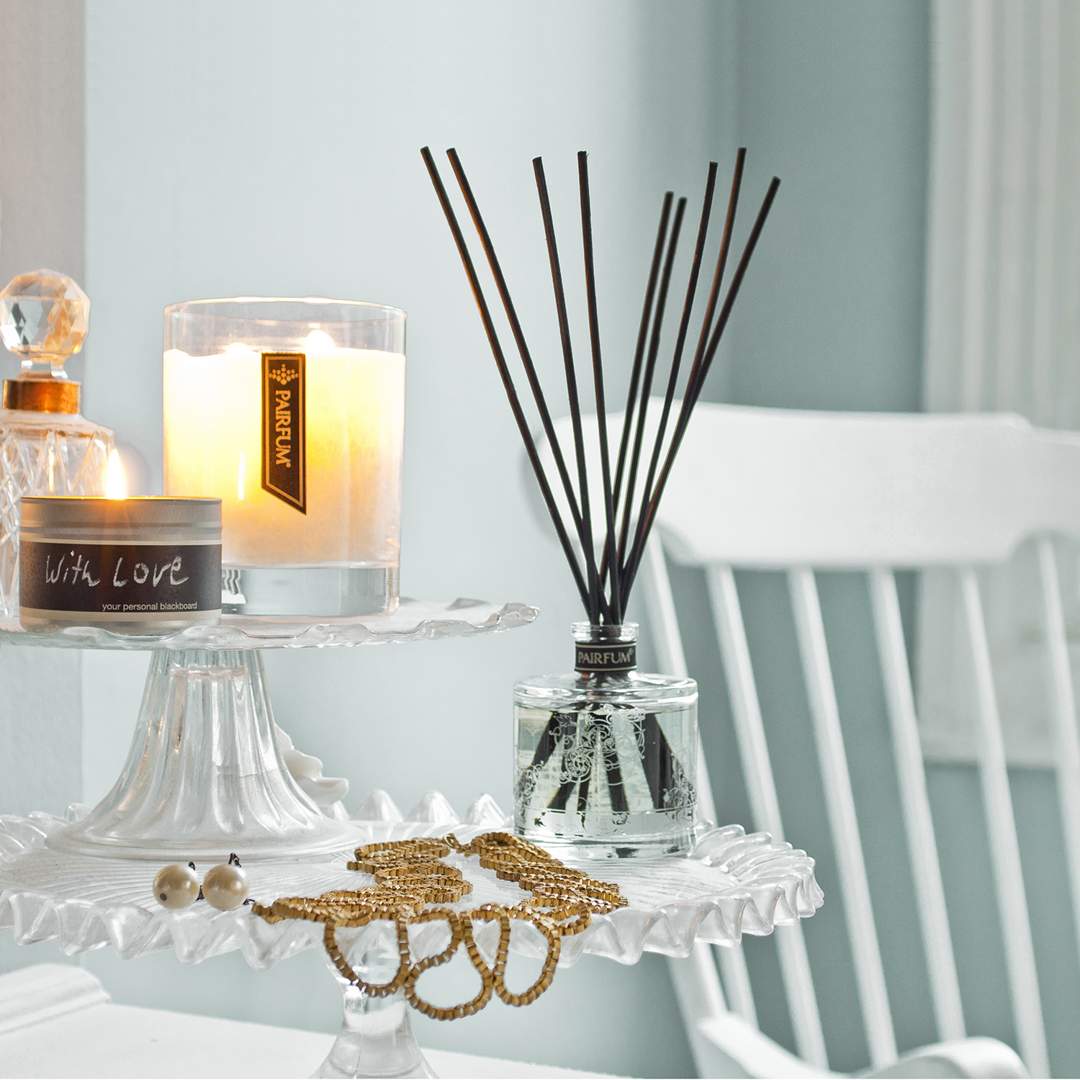Perfume Description
Find out about an 'Olfactory Triangle', 'Olfactive Classification' and 'How To Describe A Fragrance'.
How do you Describe a Perfume?
Perfumes are complex and it is not easy to articulate what we smell with our noses. We struggle with the vocabulary when describing a fragrance.
We might use terms such a 'nice' or 'sweet' but these are not very specific and they are our personal opinion.
Instead, what is required is something like a 'perfume language' that is as objective and as neutral as possible.
In this guide, we introduce the language of perfumers, how they speak about fragrance to each other.
Considering that our nose can smell a trillion different ingredients, shows how difficult fragrance descriptions can be, for anybody.
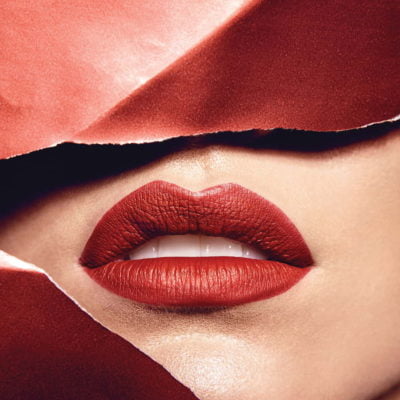
How Does A Perfumer Start?
When a perfumer evaluates a new perfume, they always follow a certain pattern to find their way into the fragrance.
Female, Male or Unisex?
The distinction whether a scent is suitable for a particular gender has become very fluid nowadays but it is still important.
Equally, just because one might say that a note is quite masculine in style, this does not mean that women won't wear it or like it. The reverse is equally true.
This distinction is just a simple prop to better understand the fragrance.
Olfactive Category?
Further below you can read in more details what Olfactive Categories are but broadly speaking they group perfumes by their style.
For example, is a fragrance 'oriental' or 'aromatic'?
Dominant Ingredient?
With this step the perfumer goes into a little more detail about the ingredients.
The idea is to identify which ingredients dominate within the creation.
For example, is the 'rose' or 'vanilla' note more prominent in this particular scent.
The Accord?
The perfume accord is the 'backbone' of the fragrance and consists of the main building blocks of the scent or olfactive creation.
The perfumer is evaluating the creation with a view to capturing the character of the scent, its top, middle and base note. Perfumers will also start to assess the scent over time, e.g. its dry-down, and how the accord evolves.
Equally, perfumers will try and relate the fragrance to other scents on the market to identify whether this particular perfume is an 'evolution', 'revolution' and/or whether it has an unusual 'twists'.
Further below you can read in more detail about accords, the analogy with music but also top, middle and base notes.
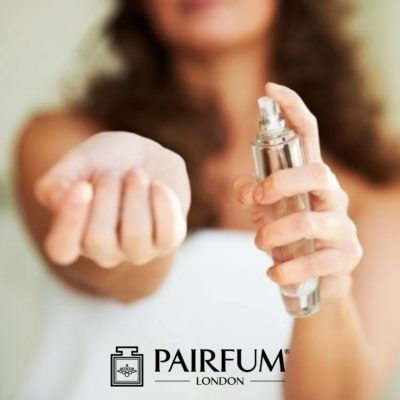
Give Your Nose A Chance!
It is important not to rush an assessment, as there are numerous factors which will alter your perception on any given day, e.g. fragrances you smelled earlier in the day, the environment within which you are evaluating, what did you eat or drink recently, your own mood, etc.
We also recommend smelling fragrances in a peaceful and quiet environment, to ensure your other senses do not distract the nose. For example, if somebody mentions a particular ingredient, you will notice how you suddenly also pick up the same note.
Evaluating a perfume is not easy, it takes time and you should ideally repeat it several times.

Fragrance Is A Personal Experience



Personal Fragrance Descriptions
We have just described how perfumers have developed a language to describe a fragrance as objectively as possible.
However, all of us, also have our own very personal language that we use to describe a fragrance.
Here are some examples of how 'personal' a fragrance description can be.
Performance
Use the following performance related attributes of a perfume to describe it further when speaking about a particular note:
- intensity: do you find it strong or weak? It may surprise you but some find 'musk' very strong while others can't perceive it. In other words, fragrance intensity is personal, to some extend.
- projection: can the fragrance project into the space surrounding the wearer, i.e. can you sense the fragrance from a distance, or is it enveloping and personal only to be perceived when somebody is next to you?
- longevity: does it last long on you or is a fresh, invigorating but short-lived fragrance?
- sillage: does the fragrance leave a long-lasting or short 'fragrant trail' after the wearer has left? Are you picking up the fragrance trail from somebody after they have passed you on the street?
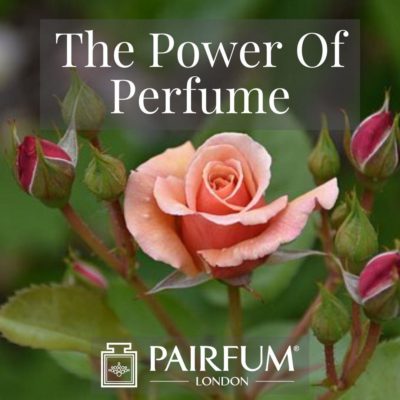
Sensory Experience
Use sensory words like 'crisp', 'fresh' or 'warm', 'velvety' or 'soft' versus 'sharp' to describe your sensory experience when smelling a particular note.
Perfumers don't like using these terms as they are 'subjective' and 'personal'.
However, they are ideal when speaking about a very personal fragrance description.
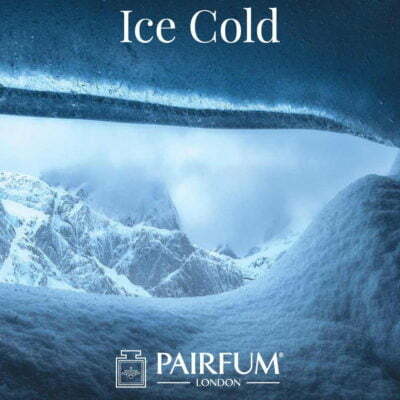
Contextualise
The same is also true when you relate the to the following:
- occasions: would you wear this fragrance to the Opera or when you are exercising? Is this a work or fun fragrance?
- seasons: would you wear this perfume all year round or only in winter or summer?
- moods: does the scent make you 'happy' or do you find it calming? Would you wear the note when you cuddle up in front of warm fire?
- memories: does it remind your of your last vacation by the sea or a holiday in Provence? Can you remember the fragrance of your grandmother?
Contextualising is a wonderful way to describe a fragrance on a very personal level and you may find that many of your friends and family share these descriptions.

Experience Natural Niche Perfume
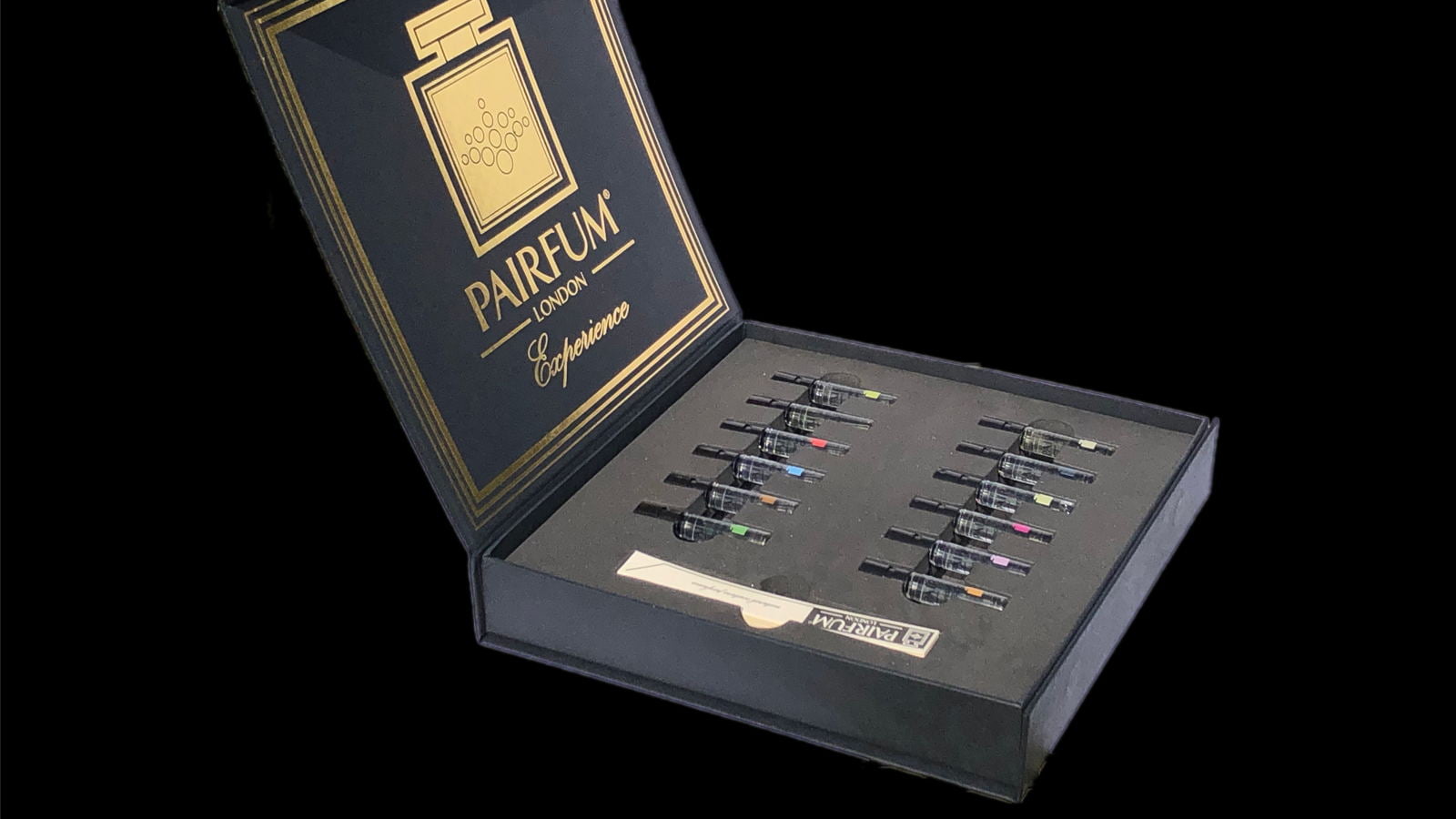
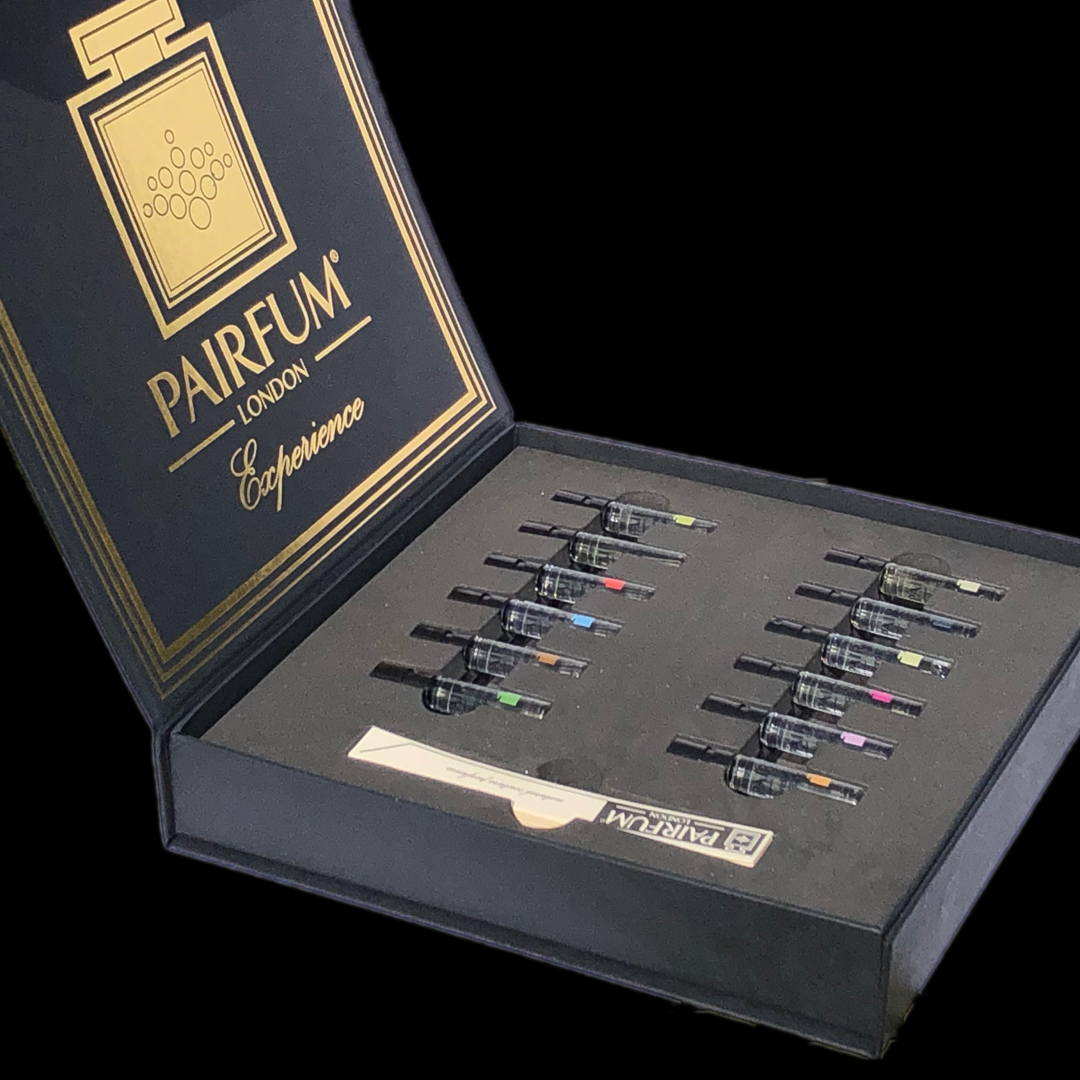
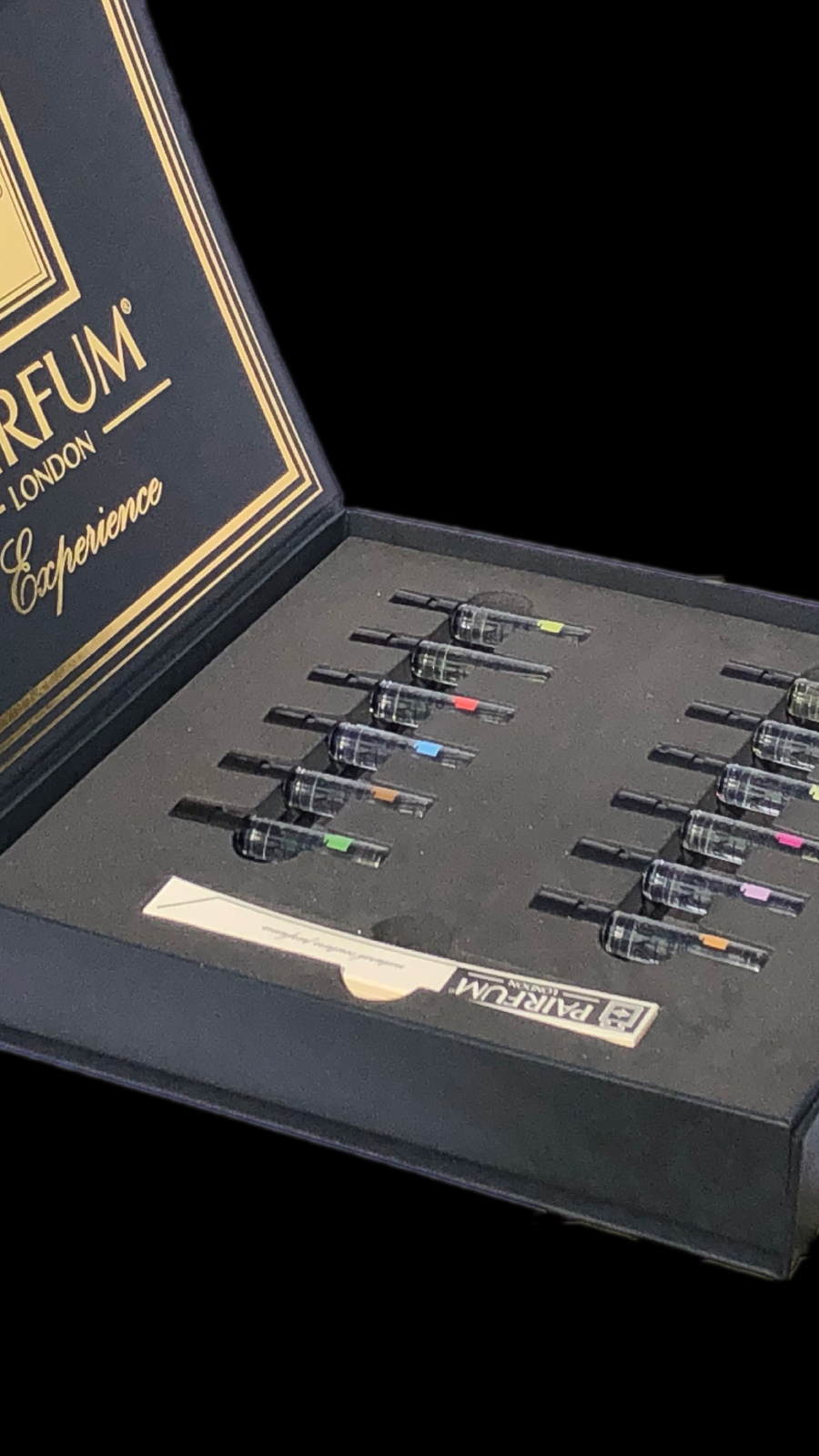
Enjoy Pairfum, Naturally Luxurious for Beauty in Wellbeing.
What is a Perfume Accord?
The sign of a sophisticated fragrance is that it has a complex ‘accord’ of ingredients rather than just a few strong fruity ingredients.
A perfumer typically describes the ‘accord’ of a fragrance using a ‘fragrance triangle’ (top, heart, base).
The olfactory pyramid is a model that is used to describe the different notes that make up a perfume. The pyramid is divided into three layers: top notes, heart notes, and base notes.
The perfumer uses a fragrance pyramid to classify the ingredients and perfume notes they have used in a perfume, according to their volatility and perception:
- Top notes are the lightest and most volatile notes, and they are typically the first to be perceived. Top notes are typically the ingredients we smell first, whereas the heart and base note develop more strongly over time. This does not mean, however, that the heart and base notes are not perceptible right from the start, they are just not as prominent.
- Heart notes are the middle notes, and they provide the main body of the fragrance. The heart sits at the centre of the perfume and embodies its very essence.
- Base notes are the least volatile, the heaviest and most persistent notes, and they linger on the skin long after the top and heart notes have faded.
Below is an example of Fragrance Triangle or Olfactive Pyramid.

A Perfume Accord Is Like A Melody
To illustrate this further, a couture perfume may be compared with a melody.
The character of a perfume can be described using this metaphor in which fragrance 'notes' develop according to their volatility and combine to create a harmonious perfume composition.
Like music, it has an accord of deep base notes, middle notes which are its heart and top note accents which capture us and draw us in. We may not immediately perceive the base notes of a song or melody but they are present from the start.
Olfactive Pyramide or Fragrance Triangle
What are the Top, Middle and Base Notes in a Perfume?
The olfactive or perfume description of a fragrance is usually presented with the help of ‘Fragrance Triangle’.
Above is an example of a fragrance triangle or sometimes it is also referred to as an 'olfactory pyramid' or 'fragrance pyramid'.
Top Notes
Top notes are light, radiant and fresh. They are the first ingredients that one can perceive and identify when smelling a perfume. These are typically citrus, fruity, herbal or floral oils
Heart Notes
The heart is the core and very essence of the of the fragrance.
Once the top notes have developed, the flowers, spices, fruits and aromatic aspects reveal themselves.
Base Notes
The base notes (or fond) of the perfume give it depth, richness and mystique. These notes in the fond are the foundation of a fragrance and carry the accord.
The base often consists of combinations of vanilla, musk, woods and spices, which also make a fragrance longlasting.
Typically, they have a very low ‘odour dection level’ and their intensity does not reduce by much over time, both of which ensures that they linger a long time in the air or on the skin.
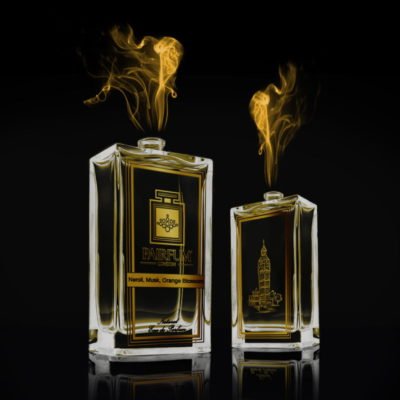
Examples Of Olfactive Pyramides
Here are a few examples of the olfactive pyramides for a few iconic fragrances.
Chanel No. 5
Chanel No 5 by Chanel (launched 1921) was a revelation in its time as the first Floral Aldehyde fragrance for women.
Olfactive Pyramid:
- Top Notes: Aldehydes, Ylang-Ylang, Neroli, Bergamot, Lemon
- Middle Notes: Iris, Jasmine, Rose, Orris Root, Lily-of-the-Valley
- Base Notes: Civet, Musk, Amber, Sandalwood, Moss, Vanilla, Vetiver, Patchouli
Samsara
SAMSARA was introduced for women by Guerlain in 1989. It was significant for its creamy sandalwood note.
Olfactive Pyramid:
- Top Notes : Tarragon, Bergamot, Lemon, Green Notes
- Heart Notes : Jasmine, Carnation, Rose, Ylang Ylang
- Base Notes : Benzoin, Vanilla, Sandalwood, Tonka Bean
Aramis
Aramis by Aramis (launched in 1966) is a men's classic and you should trial it the next time you are in a perfumery as it is a typical Chypre fragrance for men.
Olfactive Pyramid:
- Top Notes: Aldehydes, Myrrh, Artemisia, Clover, Thyme, Bergamot, Gardenia
- Middle Notes: Patchouli, Sage, Jasmine, Cardamom, Orris Root
- Base Notes: Leather, Oakmoss, Musk, Vetiver, Sandalwood, Amber, Coconut
Cool Water
Cool Water was introduced for men by Davidoff in 1988 and was a revelation with its watery, aquatic note. To this day, its influence on men's fragrances can be felt.
Olfactive Pyramid:
- Top Notes : Coriander, Mint, Marine Notes, Green Notes
- Heart Notes : Geranium, Neroli
- Base Notes : Cedar, Oakmoss, White Musks
Perfume Descriptions by Pairfum London
You will find when reading a fragrance description here at Pairfum London, that all of our fragrances have an accord with top, heart and base notes.
Only sophisticated prestige and niche perfumes, will consist of 50-200 different fragrance ingredients on average, with top, heart and base notes.
Naturally You!
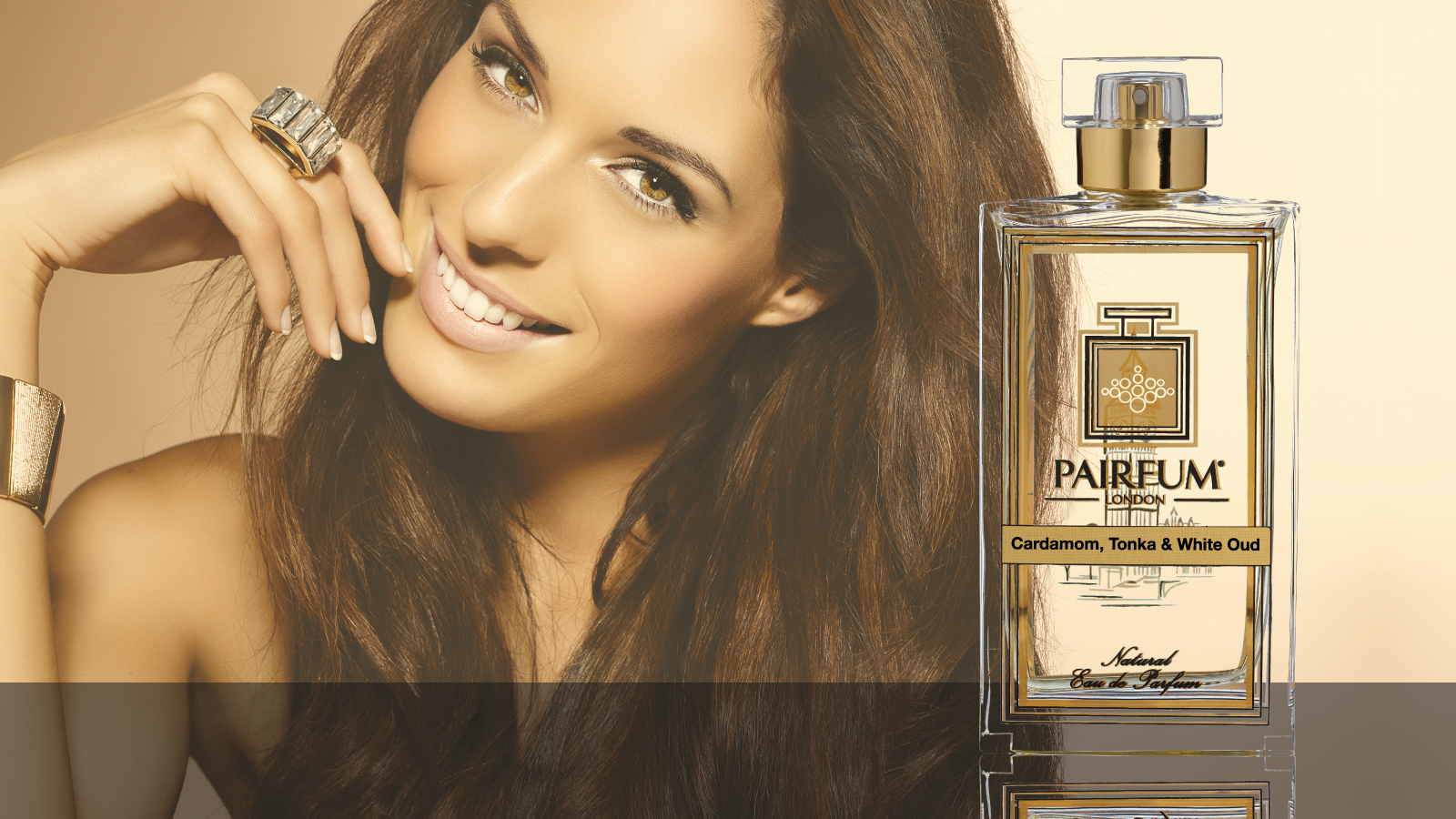
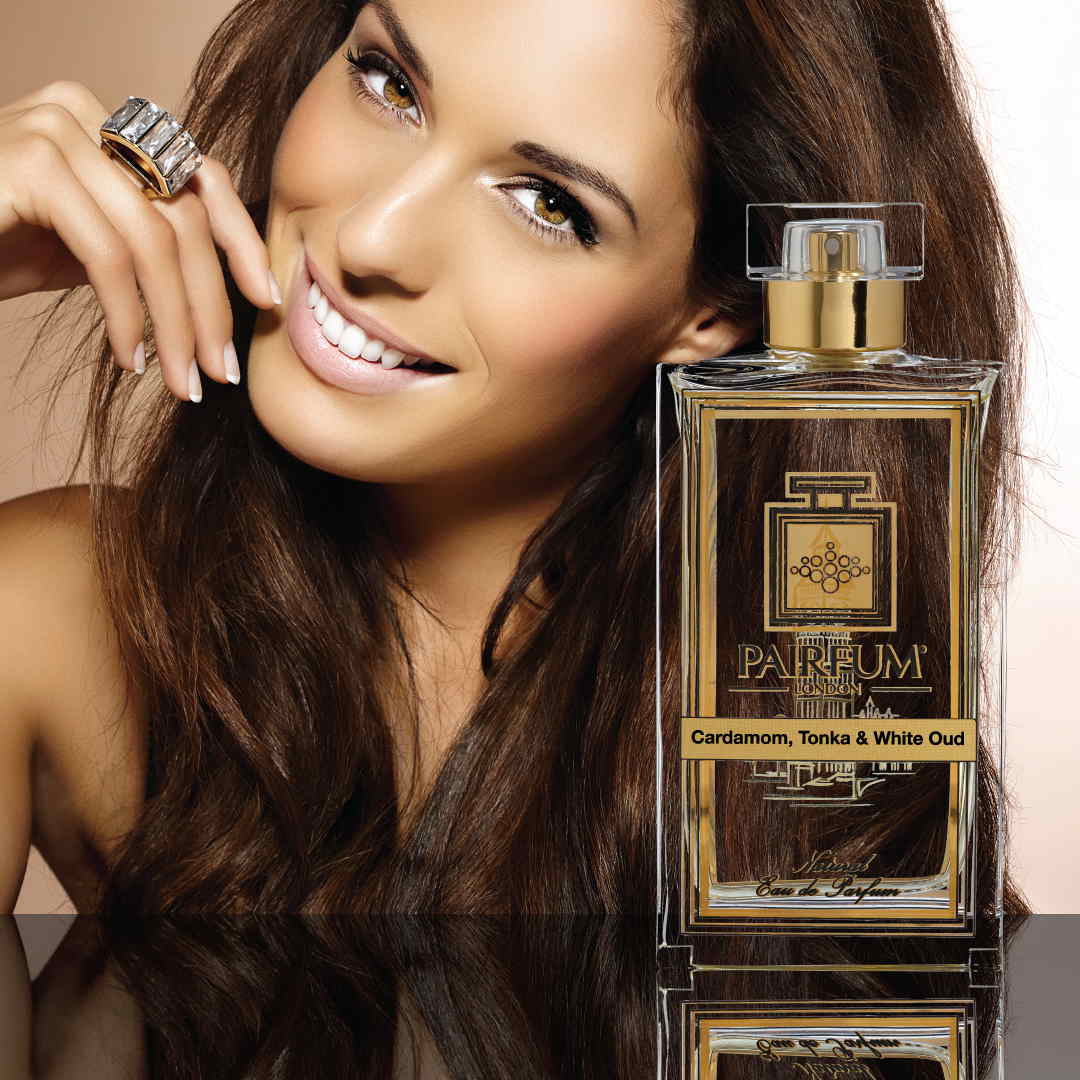
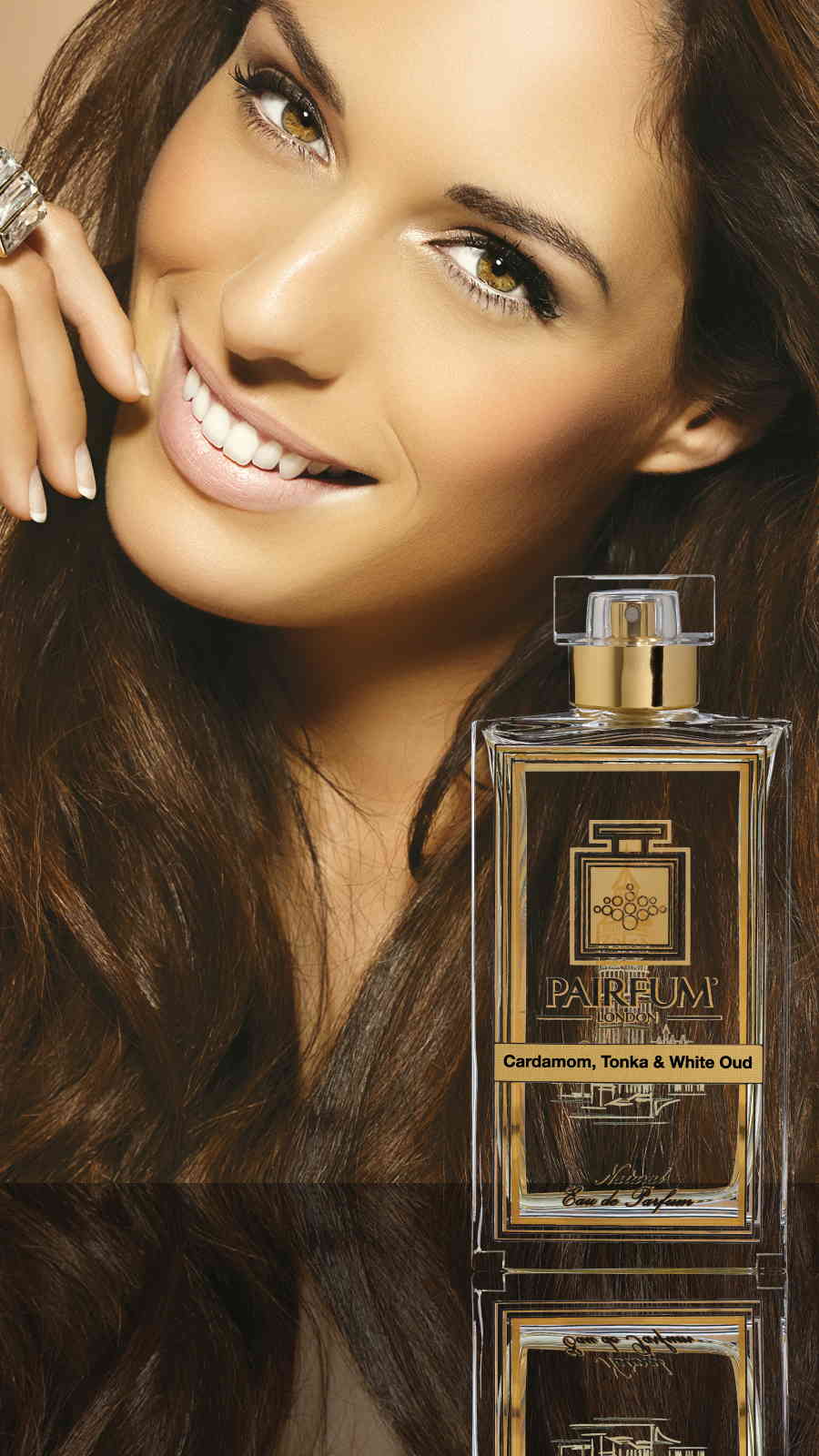
Enjoy the Compliments for Your Fragrance.
What is the Olfactive Classification of Ingredients & Perfumes?
There are literally thousands of fragrance ingredients and probably a similar amount of finished perfumes. A luxurious, sophisticated couture perfumes typically consists of 50-200 different scented rawmaterials.
Olfactive Classifications were introduced as a way to bring structure to these and to create a 'language' which allows us to speak about both the fragrant rawmaterials and the blended perfumes.
The advantage of using ingredients and classes to describe perfume is that they introduce a degree of objectivity. Perfumes are a subjective, sensual experience that is unique to each one of us and it is very difficult to communicate this transparently.
Below is an overview of the fragrance classes that most perfumers can agree upon.
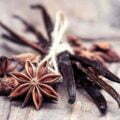
Oriental Fragrances
Sophisticated, sensual perfumes created with heady substances such as musk, vanilla, exotic woods, spices, tropical flowers and other rich ingredients, such as amber, tobacco, spices, animal notes and tree resins.
These wonderfully warm notes may have facets to freshen them up, e.g. citrus, fruit.
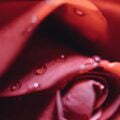
Floral
This is a very large and a most widely used olfactive family. Either a single flower, i.e. Solifloral, or a floral bouquet is the main theme of each creation.
It is generally split into red flowers (e.g. rose, violet,…) and white flowers (e.g. jasmin, orange blossom, tuberose, YlangYlang, honeysuckle, …). Some perfumers add another sub-category: white-green florals (e.g. Muguet).
These florals may be enriched with green, aldehydic, fruity or spicy nuances.
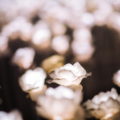
Floriental
The emergence and popularity of 'Florientals' has prompted many to create a new main category: Floriental.
As the name suggests, it describes accords that mix both floral and oriental elements:
- flowers, e.g. rose, jasmine, gardenia, freesia, orange flower,...
- oriental, e.g. vanilla, spices, warm woods and resins.
Floriental fragrances are very sensual and seductive in their style but generally softer and lighter than orientals because of their floracy.
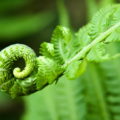
Fern
Frequently referred to as Fougère, or translated as "fern-like". In modern perfumery, this is one of the main olfactive families. The name is derives from the perfume ‘Fougère Royale’ (Houbigant).
Fougere is not, however, a single ingredient or a group of ingredients. Instead, it is an olfactory accord or a combination of fragrance ingredients that create a typical perfume that is both fresh and warm.
A classical Fougere usually contains coumarin, bergamot, lavender, vetiver, geranium and oakmoss: they open with fresh top notes of Lavender and Bergamot, develop into a heart of Geranium and finish on a fond of Coumarin, Oakmoss and Vetiver.
We offer an in-depth introduction to Fougere in our Encyclopedia.
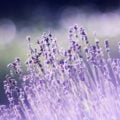
Aromatic
Here you find accords created around aromatic herbs (sage, rosemary, thyme, lavender,…) that are normally complemented with citrus and spicy notes.
Their masculine character makes them a mainstay of men's fragrances.
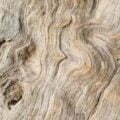
Woody
This olfactive family concentrates on perfume accords where the heart is one of the following woody scents: sandalwood, patchouli, vertiver or cedar.
Hints of citrus or aromatics are typically added to round them of. These are warm and elegant fragrances and more masculine in nature.
Sandalwood and patchouli tend to be warm and more opulent in character, whereas cedar and vetiver feel dryer in style.
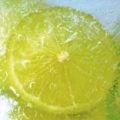
Citrus Fragrances
Known in the perfumery world as ‘hesperidics’, these fragrances with a fresh and light character are built around notes of citrus such as lemon, lime, orange, bergamot, petit grain, grapefruit, neroli and tangerine.
These accords typically have elements of other orange-trees (orange blossom, petit grain, neroli), flowers (white flowers) or hints of chypre but also aromatic, woody and spicy materials to give depth and richness.
The family includes all types of ‘Eaux Fraîches’ and was typified by the first ‘Eaux de Colognes’.

Amber Fragrances
A fozzilised tree resin, Amber is valued for its colour and beauty fossilized tree resin which has been appreciated for its color and natural beauty through the ages.
In perfumery, ‘amber’ accords reflect the golden colour and its rich warmth. The scents tend to be musky, honey-like, oriental and earthy in combination with elements of vanilla, spices (e.g. clove), labdanum, benzoin resin or incense.
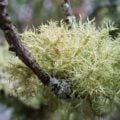
Chypre
The Chypre category does no describes a style of perfume accord and not its ingredients.
The notes in this group are typically based around an accord of oak moss, ciste-labdanum, patchouli and bergamot. The interplay of the richness and warmth of oak moss in combination with the freshness from citrus are the character that defines this category.
Other woody, mossy and floral notes may be added and even replace some of the elements. The richness of these fragrances mixes beautifully with citrussy, lavender, leathery or fruity notes.
Chypre accords are rich and long-lasting in character. An early and classic example of this family is ‘Chypre’ by Coty (1917).
We offer an in-depth introduction to Chypre in our Encyclopedia.

Fruity
This olfactive group has no limits: beautiful, fruity fragrances with berries (strawberries, raspberries, loganberries, blueberries, ...), sweet juicy fruit (peaches, nectarines, mango, papaya, ...), tropical fruit (coconut, pineapple,... ), Kiwi, melons, ... there are always new enticing fruit varieties to try.
Unlike the afore mentioned catogories, Skin Care and Toiletries products typically take the lead here. Shower gels, soaps or lotions are more likely to introduce a new type of fruit than an Eau de Toilette.
Discover Pairfum London
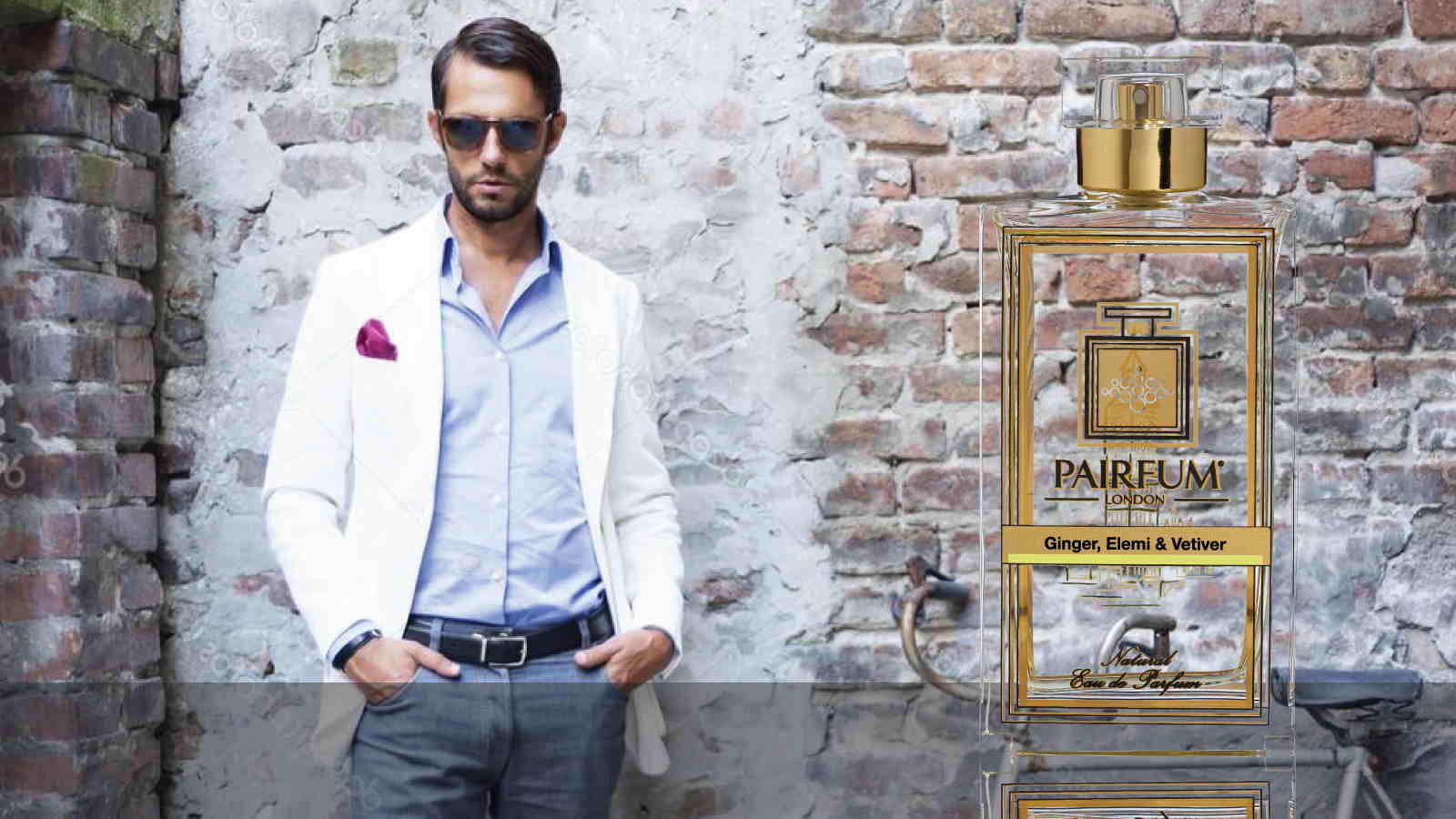
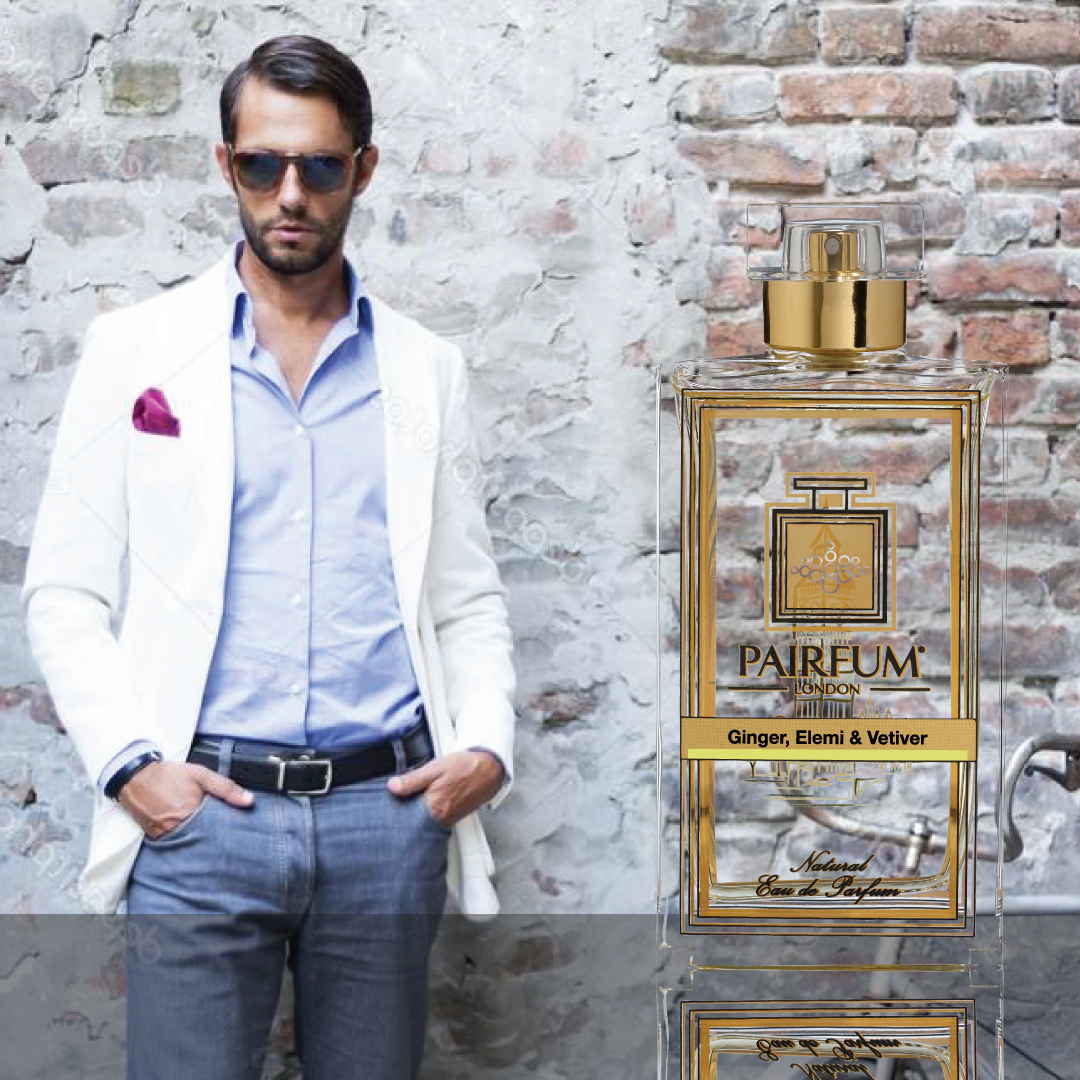
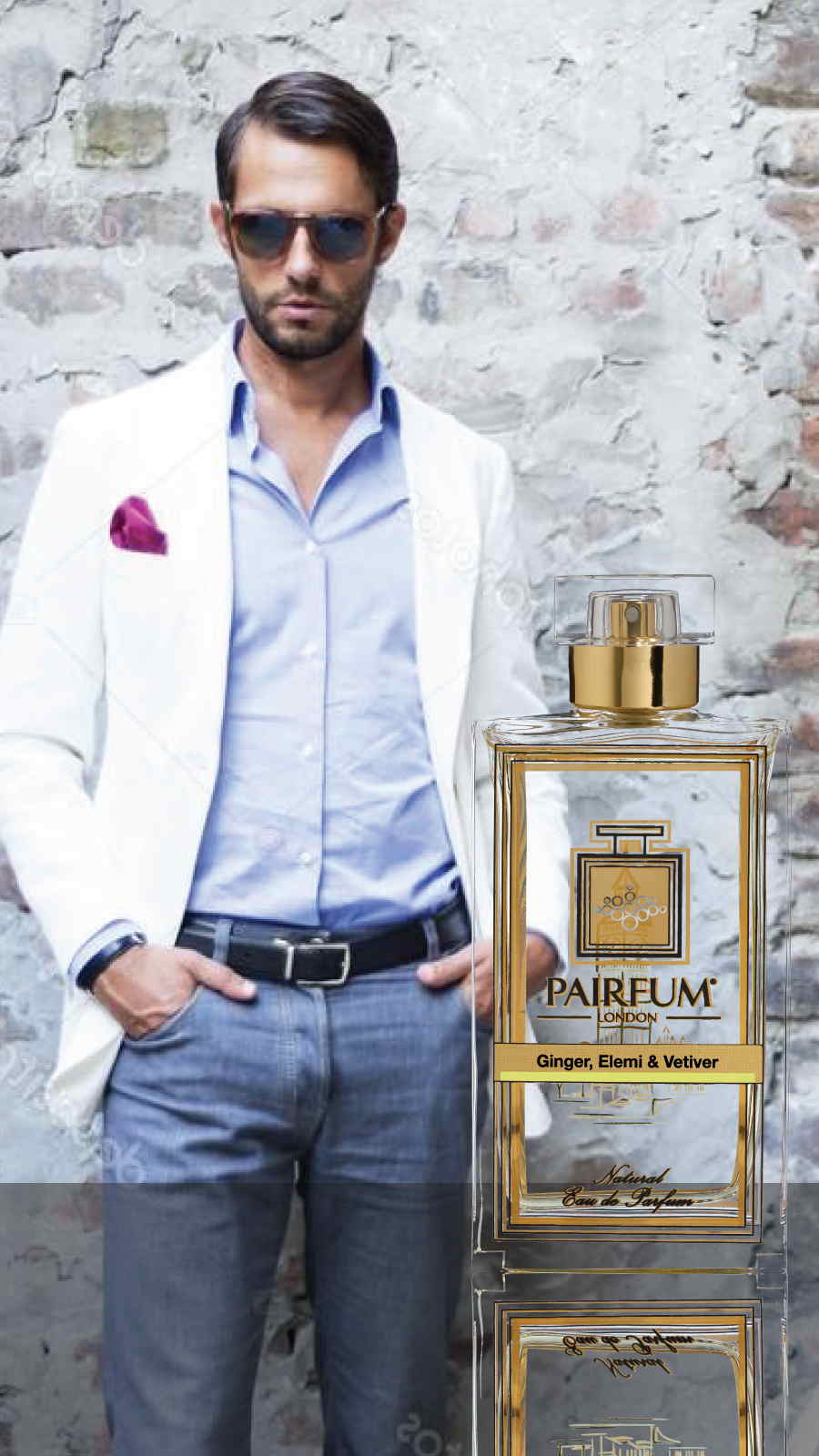
Natural Fragrances that Complement You.
Perfume Concentrations
Another way to describe or classify a perfume is using its fragrance oil concentration.
The concentration of perfume oil in a fragrance is one of the most important factors that determines its scent, longevity and price.
The different perfume concentrations are typically named as follows:
- Parfum: This is the highest concentration of perfume oil, typically ranging from 20% to 40%. Parfums are the most expensive and long-lasting type of perfume. In most cases, a Parfum is oil based and does not contain alcohol.
- Eau de Parfum (EDP): Eau de parfums contain 15% to 20% perfume oil. They are less expensive than parfums, but they still offer good scent and longevity.
- Eau de Toilette (EDT): Eau de toilettes contain 5% to 15% perfume oil. They are the most common type of perfume and are a good choice for everyday wear.
- Eau de Cologne (EDC): Eau de colognes contain 2% to 5% perfume oil. They are light and refreshing, and are a good choice for hot weather or for people who do not like strong scents.
- Eau Fraiche (Eau de Fraiche): Eau fraiches contain 1% to 3% perfume oil. They are the lightest type of perfume and are often used as body sprays.
In addition to these standard concentrations, there are also a few other types of perfumes, such as:
- Aftershave: Aftershaves are typically alcohol-based and contain a small amount of perfume oil. They are used to freshen up after shaving and to help prevent razor burn.
- Extrait, Extrait de Parfum or Perfume: This is another name for parfum.
- Attar: Attars are a type of perfume that is oil based rather than alcohol. They are very concentrated and have a strong scent making them very popular in the Arabic world.
When choosing a perfume, it is important to consider the concentration, scent, and longevity that you are looking for.
If you want a perfume that is long-lasting and has a strong scent, then you should choose a parfum or eau de parfum. If you are looking for a more affordable option or a perfume that is lighter and more refreshing, then you should choose an eau de toilette or eau de cologne.
Perfume Formats
Perfumes can also be described or classified through their formats. Perfumes come in a variety of formats, each with its own advantages and disadvantages.
The most common formats are:
- Spray: Spray perfumes are the most popular type. They are easy to apply and dispense a consistent amount of fragrance.
- Oil: A perfume oil is typically associated with a 'Parfum', as they very concentrated and have a strong scent. They are also often used in attars and other traditional perfumes.
- Solid perfume: Solid perfumes are made from wax and perfume oil. They are easy to apply and can be used on the skin or in the hair. They are free from alcohol and normally very compact, i.e easy to keep in a hand bag or trouser pocket.
- Roll-on: Roll-on perfumes are similar to solid perfumes, but they are applied with a rollerball. This makes them easy to apply to specific areas of the body. These perfumes are also typically oil based, i.e. without alcohol.
- Perfume pen: Perfume pens are a newer type of perfume that is applied with a pen-like applicator. They are small and portable, making them ideal for travel.
- Travel size: Travel-sized perfumes are smaller versions of regular perfumes. They are a good option for people who want to take their perfume with them on the go.
- Tester vials: Tester vials are small bottles of perfume that are used to test fragrances before buying them. They are often free or low-cost, and they can be found at many department stores and perfumeries.
- Alcohol-free perfume: Alcohol-free perfumes are a good option for people who are sensitive to alcohol. They are also less likely to evaporate quickly, so they can last longer on the skin.
- Wipe: Perfume wipes are a convenient way to apply perfume without having to spray it. They are often used for travel or for freshening up throughout the day.
When choosing a perfume format, it is important to consider your personal preferences and needs.
If you are looking for a perfume that is easy to apply and has a long-lasting scent, then a spray perfume is a good option. If you are sensitive to alcohol, then an alcohol-free perfume is a better choice and if you are looking for a convenient way to apply perfume on the go, then a perfume pen or wipe is a good option.
Magazine & Blog
Read in our Blog & Magazine about:
- Anything 'Making Scents', e.g. perfume memories
- Home Fragrance, Couture Perfume, Skin / Bath / Body Care
- Ingredients, e.g. natural / organic essential oils, flowers, bees, waxes.
- Your Home, e.g. beautiful interior designs, architecture, decor, ...
- Food, Drink, e.g. essential oils in foodd, desertd, drinks,...
- Britain, e.g. London, the Queen and Royal Family, ...
The Fragrance Boutique
Enjoy shopping in our online Boutique:
Natural Home Fragrance:
Luxury Scented Candles, Reed Diffusers and Refill Oils, Perfume Room Sprays, Sleep & Pillow Sprays, Fragrant Botanicals, Wardrobe Sachets, Drawer Liners, ...
Natural Perfume:
Eau de Parfum "Intense" Sprays, Eau de Toilette Sprays, Eau de Parfum Travel & Purse Sprays, The Perfume Experience Box, ...
Organic Bath, Body & Skin Care:
Hand Lotions and Creams, Hand Oil & Washes, Body Lotions, Body Washes and Shower Oils, Foam Bath, Hand Soap, …
Gifts & Giftsets:
Giftboxes, Giftsets, Luxurious Gift Bags & Tissue Paper, Gifts for Men, ...


